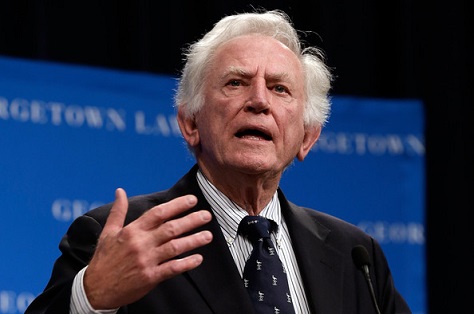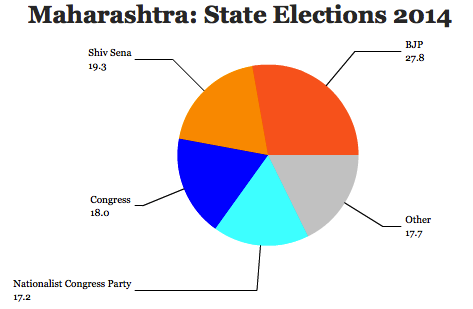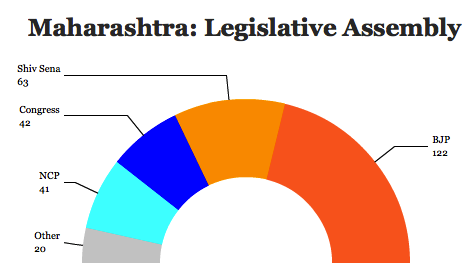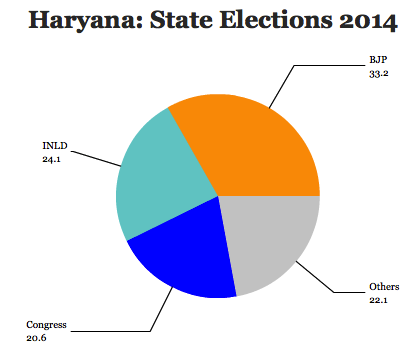US secretary of state John Kerry appointed former Colorado senator and one-time presidential candidate Gary Hart as the latest US envoy to Northern Ireland’s five-party peace talks earlier today.![]()
![]()
![]()
Nearly two decades after former US senator George Mitchell concluded the Good Friday Agreement, bringing a tenuous peace between republican Catholics and unionist Protestants across Northern Ireland, Hart’s role will not amount to midwifing a landmark peace deal — it will be ensuring its continued implementation:
Fresh negotiations involving the five parties in the power-sharing mandatory coalition convened by the UK Government commenced last Thursday and are due to resume tomorrow.
As well as the long-unresolved peace process disputes on flags, parades and the legacy of the past, over the coming weeks politicians will also attempt to reach consensus on rows over the implementation of welfare reforms in the region and on the very structures of the devolved Assembly.
Northern Ireland is thriving today, amid a growing economy in the long-troubled capital of Belfast. Peace has brought with it a rising standard of living. But, as was on full display upon the death of former Northern Irish first minister Ian Paisley last month, long-simmering tensions still exist. It’s possible, though far from probable, that the kind of widescale violence of the ‘Troubles’ will return to Northern Ireland anytime soon.
* * * * *
RELATED: No eulogies for Paisleyism
* * * * *
It’s great to see Hart — at long last — providing useful service to his country. But US envoys to Northern Ireland today are all destined to be cast as relief pitchers in comparison to Mitchell’s role in shepherding the historic 1998 accords.
For someone who was, to a person, the most prescient voice on homeland security and the threat of terrorism in 1990s, his high-profile turn as a US envoy represents a bittersweet return to public life. Hart’s second act should have started long before age 77. Continue reading Gary Hart deserved better than the dregs of NI peace





